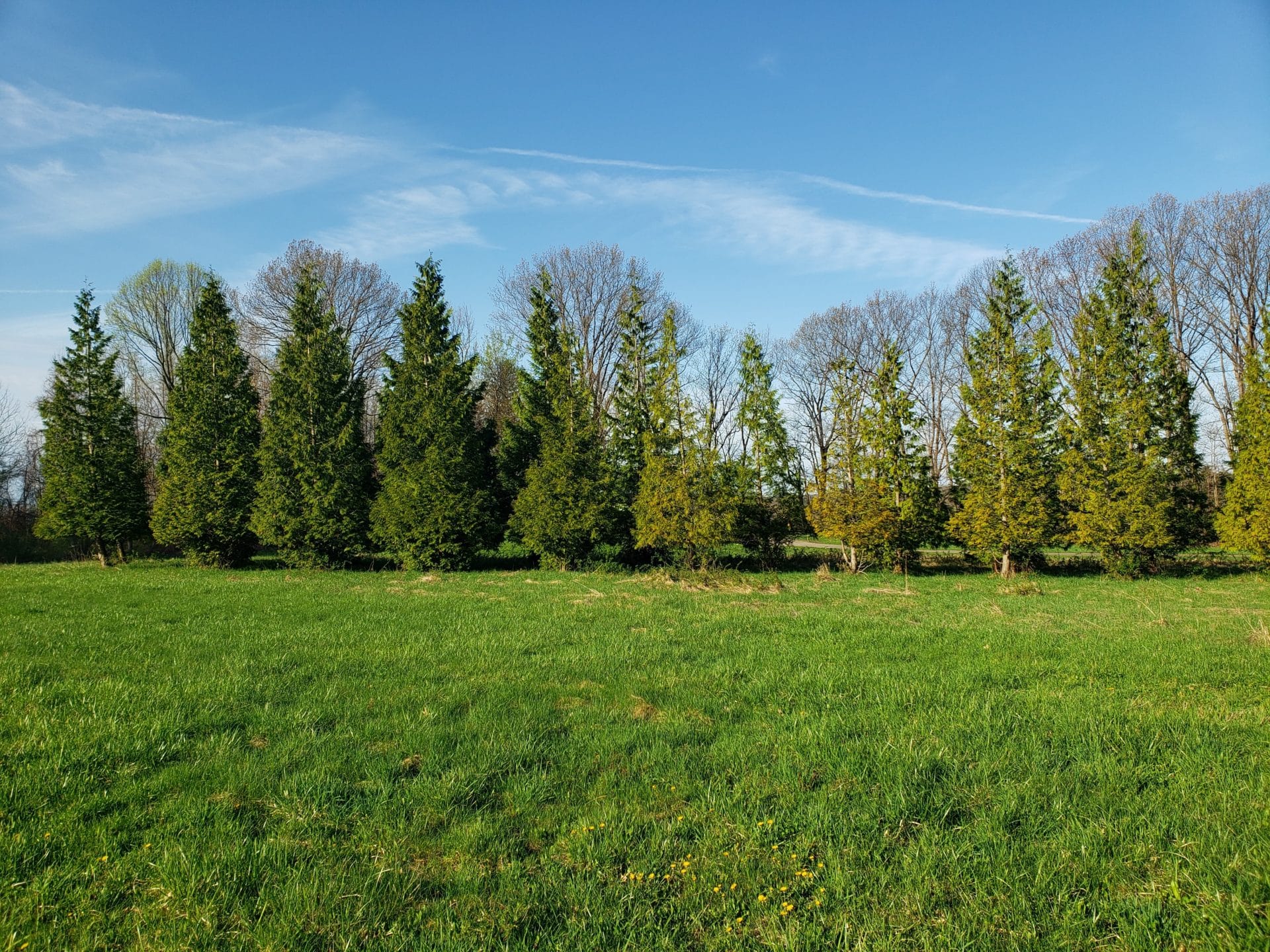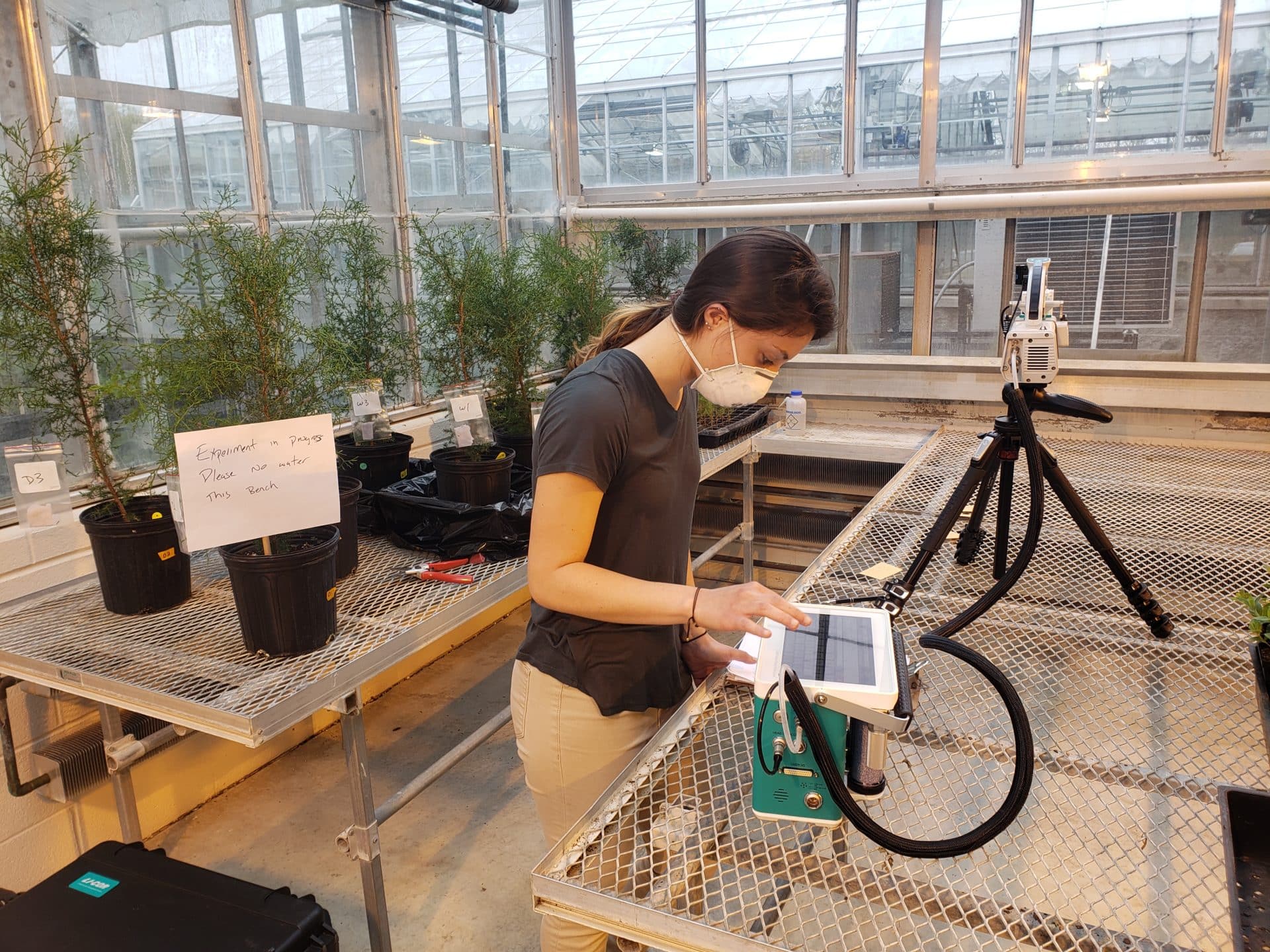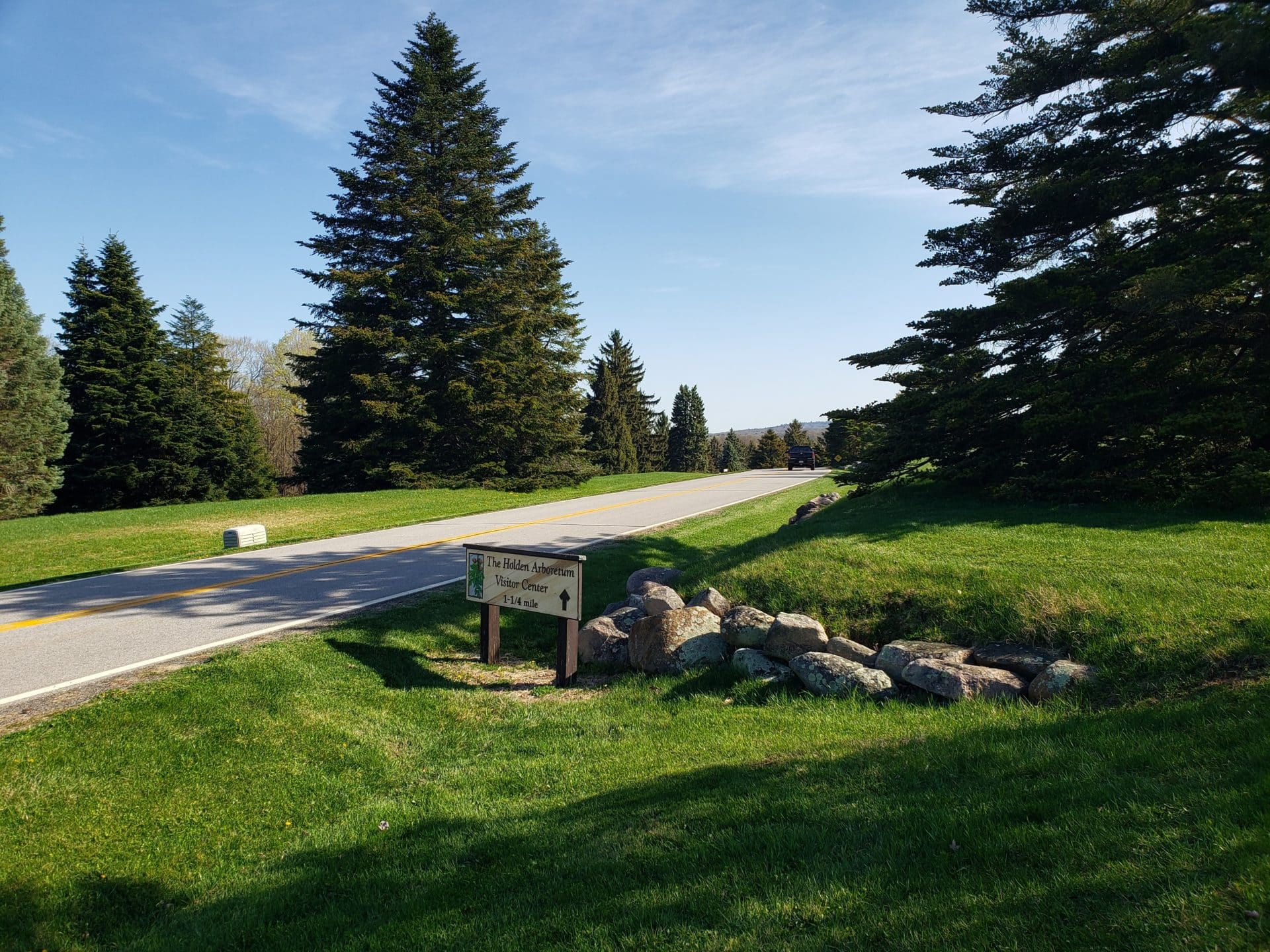Plant Physiological EcologyInvasive plant species
In progress


Question
Why are some plant species becoming invasive, while others have declining populations?
Project Summary
Eastern Red Cedar (Juniperus virginiana) is a conifer species native to the Eastern United States, where this attractive tree has long-been a popular choice for landscaping. But out West in the Great Plains, Red Cedar is known as the “Green Glacier”, because this slow-growing species is invading once-productive grasslands. Ranchers face substantial economic costs in removing Eastern Red Cedar from grazing lands, and it reduces grassland biodiversity through competition with native grassland species. But how do you stop a “Green Glacier”? Eastern Red Cedar might be expanding into grasslands because climate change has altered frost and drought regimes, but are there features unique to this species which allow it to take advantage of these changes? For example, Eastern Red Cedar naturally grows in a wide range of environments, which could make it very good at adjusting to new conditions, allowing it to become a highly successful invader. On the other hand, plants which naturally grow only in a very narrow range of environments may be more prone to suffer ill effects of climate change, leading to a decline in population sizes.
Postdoctoral researcher Dr. Randy Long is exploring the climate tolerance of Eastern Red Cedar compared to other conifer species that have expanding, shrinking or stable ranges, and how plant growth and trait expression in new environments are influenced by their native habitat. The project is centered around the conifer collection at the Holden Arboretum, but will include collaboration with the National Arboretum (Washington DC), the Colorado Botanic Garden (Denver, CO), the Hoyt Arboretum (Portland, OR), the San Francisco Botanic Garden (CA), and the Huntington Botanic Gardens (Pasadena, CA). These gardens represent a broad range of climates, and their collections include many of the same conifer species, allowing us to compare climate responses of the “Green Glacier” to other invasive and non-invasive conifers. We expect that plants will grow faster when growing in botanical gardens that are closer to their home range, but species like Eastern Red Cedar which grow in a wide range of native climates will be better-able to adjust their traits to grow well in many different botanical gardens, compared to species with narrow ranges.
This project is funded by a grant from the National Science Foundation.
Keywords
climate change, community composition, physiology
Select Publications
- Danielson, S. C., & Medeiros, J. S. (n.d.). Comparative Leaf Hydraulics in Five Tree Species Growing in Urban and Rural Locations. NASA/ADS. https://ui.adsabs.harvard.edu/abs/2018AGUFM.B51I2048D/abstract.
- Long, R. (2020). Understanding the Effects of Invasive Plants. Forests & Gardens, (Winter), 12–13.
- What makes a native tree become invasive?
- The Joy of Coding: Raspberry Pi edition




